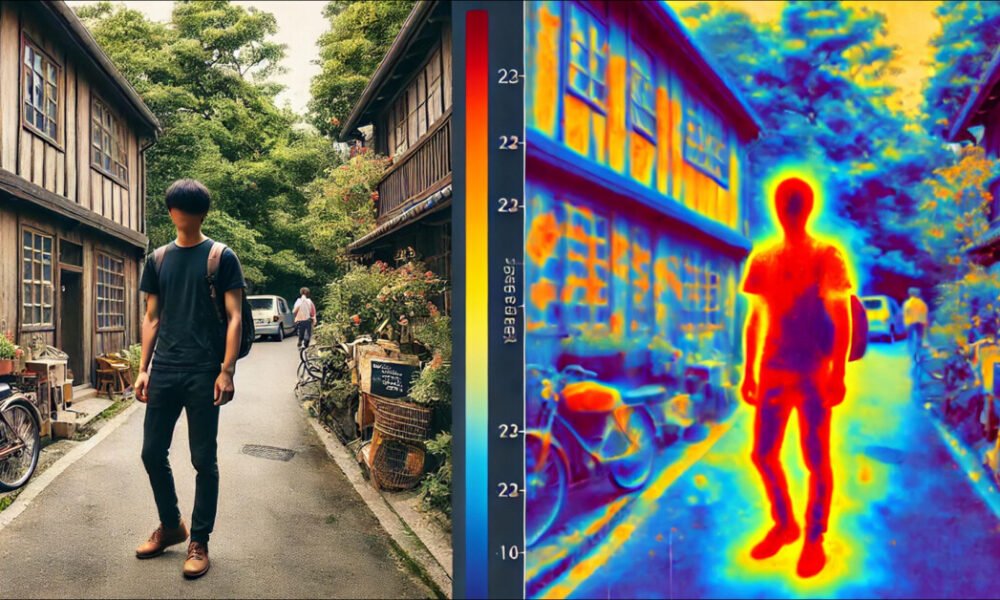New Chinese Research Proposes Method to Enhance Image Quality in Latent Diffusion Models
A new study from China introduces a groundbreaking approach to boosting the quality of images produced by Latent Diffusion Models (LDMs), including Stable Diffusion. This method is centered around optimizing the salient regions of an image, which are areas that typically capture human attention.
Traditionally, image optimization techniques focus on enhancing the entire image uniformly. However, this innovative method leverages a saliency detector to identify and prioritize important regions, mimicking human perception.
In both quantitative and qualitative evaluations, the researchers’ approach surpassed previous diffusion-based models in terms of image quality and adherence to text prompts. Additionally, it performed exceptionally well in a human perception trial involving 100 participants.
Saliency, the ability to prioritize elements in images, plays a crucial role in human vision. By replicating human visual attention patterns, new machine learning methods have emerged in recent years to approximate this aspect in image processing.
The study introduces a novel method, Saliency Guided Optimization of Diffusion Latents (SGOOL), which utilizes a saliency mapper to increase focus on neglected areas of an image while allocating fewer resources to peripheral regions. This optimization technique enhances the balance between global and salient features in image generation.
The SGOOL pipeline involves image generation, saliency mapping, and optimization, with a comprehensive analysis of both the overall image and the refined saliency image. By incorporating saliency information into the denoising process, SGOOL outperforms previous diffusion models.
The results of SGOOL demonstrate its superiority over existing configurations, showing improved semantic consistency and human-preferred image generation. This innovative approach provides a more effective and efficient method for optimizing image generation processes.
In conclusion, the study highlights the significance of incorporating saliency information into image optimization techniques to enhance visual quality and relevance. SGOOL’s success underscores the potential of leveraging human perceptual patterns to optimize image generation processes.
-
How can leveraging human attention improve AI-generated images?
Leveraging human attention involves having humans provide feedback and guidance to the AI system, which can help improve the quality and realism of the generated images. -
What role do humans play in the process of creating AI-generated images?
Humans play a crucial role in providing feedback on the generated images, helping the AI system learn and improve its ability to create realistic and high-quality images. -
Can using human attention help AI-generated images look more realistic?
Yes, by having humans provide feedback and guidance, the AI system can learn to generate images that more closely resemble real-life objects and scenes, resulting in more realistic and visually appealing images. -
How does leveraging human attention differ from fully automated AI-generated images?
Fully automated AI-generated images rely solely on algorithms and machine learning models to generate images, while leveraging human attention involves incorporating human feedback and guidance into the process to improve the quality of the generated images. - Are there any benefits to incorporating human attention into the creation of AI-generated images?
Yes, leveraging human attention can lead to better quality images, increased realism, and a more intuitive and user-friendly process for generating images with AI technology.
Related posts:
- Improving Memory Performance for Large Language Model Inference and Fine-Tuning
- The Emergence of Neural Processing Units: Improving On-Device Generative AI for Speed and Longevity
- Unveiling Meta’s SAM 2: A New Open-Source Foundation Model for Real-Time Object Segmentation in Videos and Images
- Utilizing LLMs and Vector Databases for Recommender Systems


No comment yet, add your voice below!